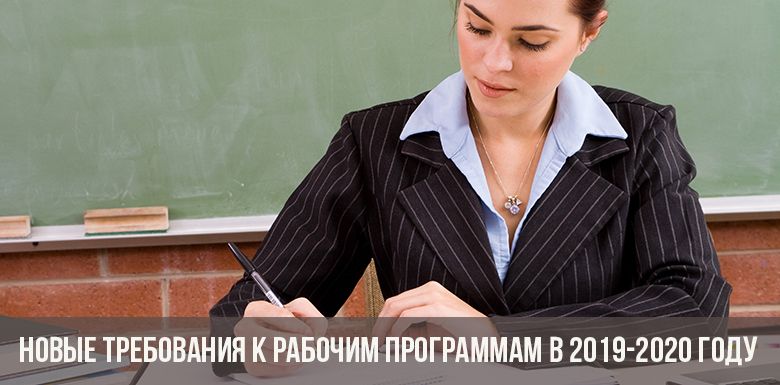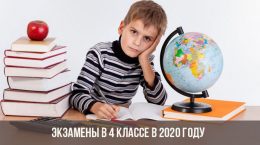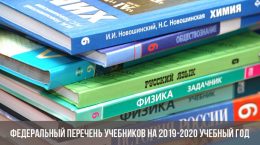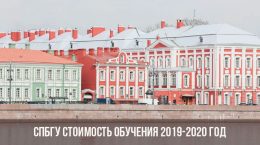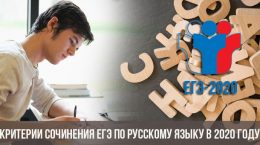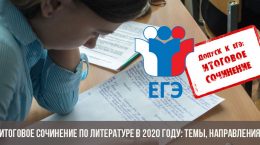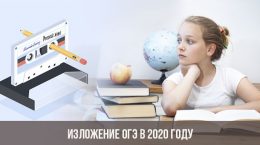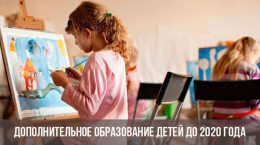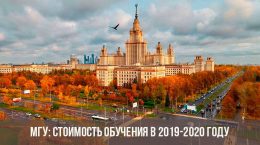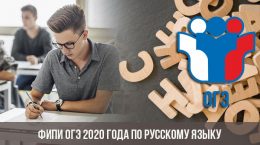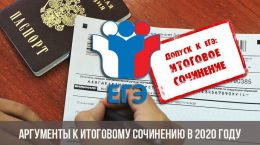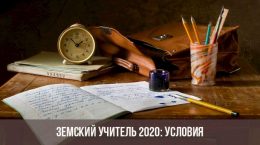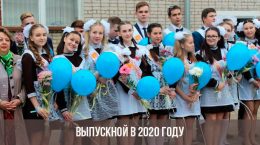New requirements for work programs in the 2019-2020 academic year suggest that teachers will be able to make their own adjustments when drawing up the curriculum for subjects. If previously it was necessary to clearly follow the established requirements, now each school forms the main regulatory and management documentation, taking into account its individual characteristics. In different educational institutions, the programs used in the end may differ from each other. Nevertheless, they must necessarily meet the state educational standards (GEF) and be compiled on the basis of the provided exemplary general education program (VET).
Primary requirements
Based on a unified state strategy, all educational institutions should provide education (pre-school, primary, primary, secondary, etc.) in accordance with the developed standards of the Federal State Educational Standard. They ensure the formation of the unity of the educational space and the logical sequence of transition through each educational level. The standards prescribe requirements for the structure of educational plans, the conditions for their implementation and expected results. Thus, each student after graduation must have a certain amount of knowledge, skills, which he can successfully implement in the future.
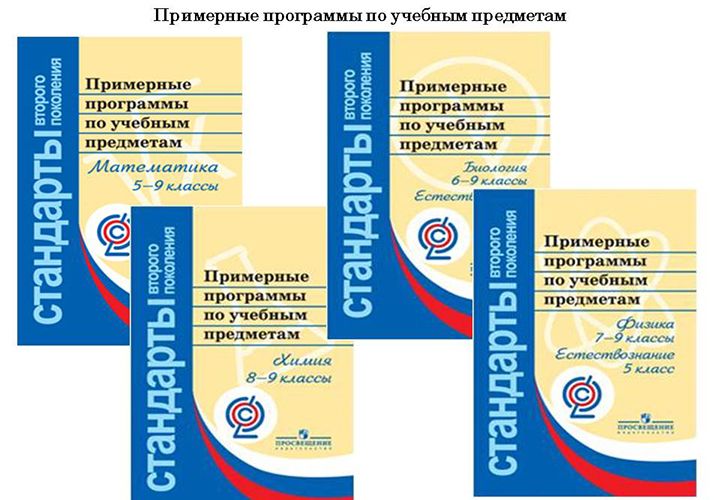
The approximate basic educational program (VET) developed by the Ministry of Education is a document of recommendatory nature. VET describes the basic requirements for mastering each specific subject, an obligatory part of the material studied. VET proposed by the state includes invariant and variable parts. They include subjects for compulsory study and additional disciplines. Work programs 2019-2020 are compiled on the basis of sample educational plans in which the teacher can independently allocate time for mastering the learning material.
Making your own adjustments is allowed in accordance with the following established amounts:
- Grades 1-4 - 20% of the study time;
- Grades 5-9 - 30%;
- Grades 10-11 - 40%.
It is important that all additions comply with the basic principles and do not go beyond the framework of the following regulatory documents:
- Federal Law "On Education in the Russian Federation" dated December 29, 2012 N 273-ФЗ;
- GEF for the corresponding level of education;
- approximate basic educational program;
- school educational program;
- letter of the Ministry of Education of October 2015 No. 08-1786 "On the work programs of educational subjects."
Designing a work program
Work programs for 2019-2020 should comply with the overall plan of the educational institution and include the following components:
- explanatory note;
- general characteristics of the educational process;
- discipline content;
- a list of topics put in logical order;
- distribution of hours for mastering the discipline;
- Expected results;
- verification of the assimilation of the material, which can be presented in the form of tests, independent or control work.
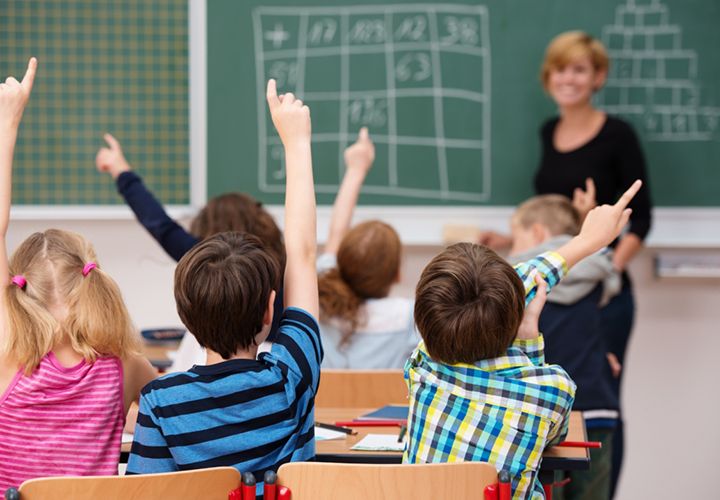
The teacher cannot exclude or reduce the components of the invariant part of the overall educational strategy. Thus, the development of the main disciplines for obtaining basic education in accordance with the Federal State Educational Standard is ensured.The additions made by the teacher in the variable part allow you to create a more individual educational process, emphasizing the specifics of the institution. In addition, the use of personal methodological developments is an indispensable component of the development of the educational process as a whole in the country. The teaching method cannot remain unchanged for a long period of time. It should meet the modern needs of students and facilitate the development of new information. It is especially important to teach the child critical thinking and analysis of the data obtained, since today a huge flow of information is formed daily, which is not always rational.
In his work, the teacher can use the following options for work plans:
- GEF recommendations adapted for the educational process in the institution;
- copyright programs;
- draw up your own regulatory and management documentation (which requires mandatory multi-level approval).
To draw up a work program for a particular discipline, which will be used during the educational process, it is necessary:
- Examine the regulatory framework.
- Choose a basis from the proposed standards.
- Choose a textbook from the list of FPU.
- Define the objectives of studying the subject (they should not contradict GEF and VET).
- To analyze the educational and methodological support and material base, which are used in the educational institution.
- To formulate the planned results.
- Design content with a clear wording of the topics studied and an indication of the required number of hours.
- Drawing up a calendar and thematic plan.
- Definition of additional literature.
- The formation of control and measuring materials.
After completing the work program, it should undergo an examination in the methodological association, after which it is agreed with the Deputy Director for Academic Affairs. Further, the documentation is approved by the director of the educational institution.
Federal List of Textbooks
The list of textbooks that can be used in schools in 2019-2020 was approved by the Ministry of Education in December 2018 (order No. 345 “On the federal list ...”). It includes 910 textbooks for the main program of comprehensive schools. It also has additional manuals and literature with certain specifics (for example, for schools where they work with children with disabilities).
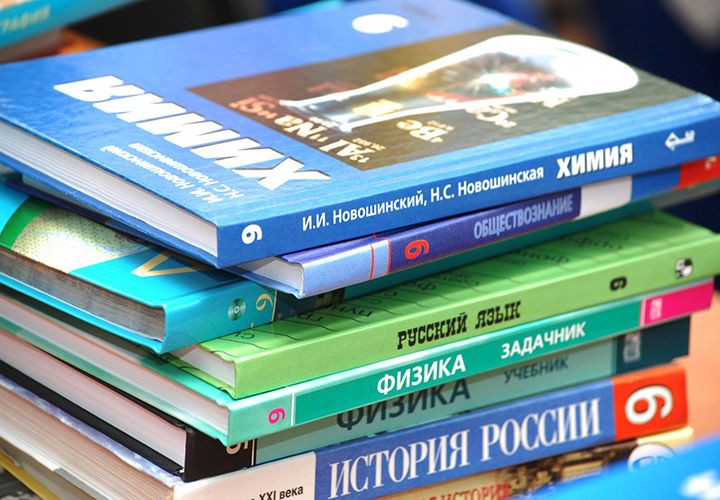
The teacher can independently choose a textbook for a particular subject in accordance with the curriculum chosen (compiled) by him. Textbooks are not very different from each other. The difference lies in the method of presentation of the material, the level of complexity.
Each textbook has its own virtual copy, which can be used at home or during classes. Modern schools every year update their educational material base, which allows the use of various ways of presenting material. The use of projectors, widescreen televisions, interactive whiteboards allows you to visualize textbooks. Therefore, electronic textbooks are not only a copy of their paper "colleagues", but also have some additions. For example, infographics, interactive elements, zoomable images. This makes it possible to improve the level of training materials for better mastering the discipline.
Read also:

